The world of harmonic progression has long been governed by rules—some written in theory books, others passed down through generations of composers. These "forbidden" movements were once considered sacrosanct, the unbreakable commandments of musical syntax. Yet modern composers and improvisers have been systematically dismantling these prohibitions, creating a new sonic landscape where dissonance resolves into beauty and parallel fifths become expressive tools rather than errors to be corrected.
Historically, the prohibition against parallel fifths stemmed from their tendency to destroy the independence of voices in polyphonic writing. The medieval ear heard parallel perfect intervals as collapsing the intricate web of counterpoint into a simpler, more primitive texture. But when Debussy draped his piano preludes in cascading parallel harmonies, he revealed an entirely different aesthetic possibility—one where the very "flaw" became the foundation of a new harmonic language. This liberation opened doors for jazz musicians to stack fourths in McCoy Tyner's left hand and for film composers to create shimmering walls of parallel harmony in Hollywood scores.
The once-dreaded cross relation—that jarring clash between a note in one voice and its chromatic alteration in another—has undergone similar rehabilitation. Baroque composers would rewrite entire passages to avoid this "error," yet twentieth-century composers like Stravinsky turned it into a trademark sound. The violent cross relations in "The Rite of Spring" don't represent careless voice leading but rather a deliberate evocation of primal energy. Modern metal guitar harmonies frequently employ this device, letting the tritone and minor second clashes create their signature aggressive sound.
Perhaps no harmonic prohibition has fallen harder than the avoidance of augmented intervals. The infamous "diabolus in musica" (the devil in music) label attached to the tritone kept composers from using it freely for centuries. Yet the tritone became the very foundation of blues tonality, with its expressive ambiguity between consonance and dissonance. Jazz musicians built entire systems of substitution around tritone relationships, while contemporary composers use augmented chords as luminous harmonic destinations rather than awkward transitions to be resolved.
Even the most fundamental rule—that dissonances must resolve—has been turned on its head. Schoenberg's emancipation of the dissonance didn't just make all intervals equal; it created a musical universe where tension could exist for its own sake, where a minor ninth might linger as a sensual color rather than an instability requiring resolution. This philosophy permeates modern composition, from the suspended harmonies in Radiohead's arrangements to the frozen dissonances in Arvo Pärt's tintinnabulation style.
The new harmonic freedom extends to chord succession as well. Classical theory dictated that certain progressions were "strong" while others were "weak," based largely on root motion. But pop music has demonstrated the emotional power of unconventional progressions—the descending minor chords in "While My Guitar Gently Weeps," the oscillating major thirds in "Exit Music (For a Film)." These movements would have raised eyebrows in a eighteenth-century counterpoint class but now define entire genres of music.
Modern harmonic practice hasn't so much broken the rules as revealed their contextual nature. What was once "forbidden" often simply reflected the aesthetic priorities of a particular time and place. The parallel octaves that would ruin a Renaissance motet create thrilling emphasis in a minimalist piano piece. The hidden fifths avoided in Bach's chorales become powerful dramatic gestures in a John Williams fanfare. As composers continue to explore these former prohibitions, they're not rejecting tradition so much as expanding our understanding of what harmony can express.
This evolution mirrors larger cultural shifts toward embracing ambiguity and complexity. Just as visual art moved beyond representational accuracy to explore abstraction and emotion, music has transcended the strictures of traditional harmony to discover new emotional territories. The "wrong" notes of yesterday have become today's most poignant expressions, proving that in art as in life, today's transgression often becomes tomorrow's convention.
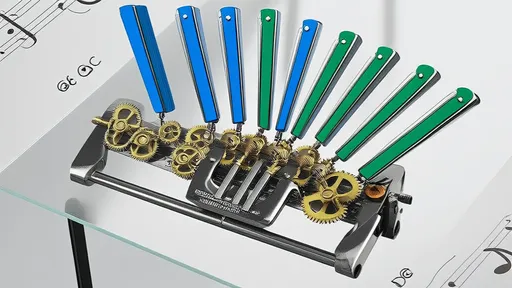
By /Jul 25, 2025
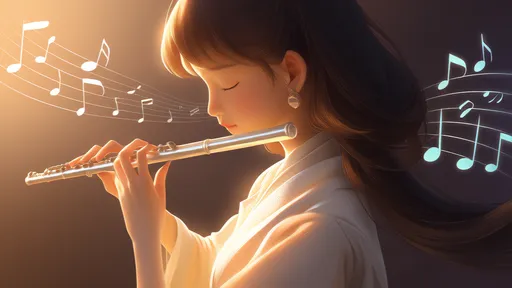
By /Jul 25, 2025
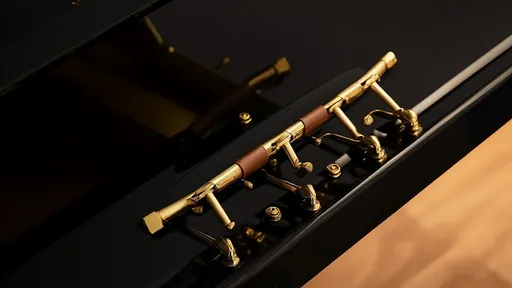
By /Jul 25, 2025
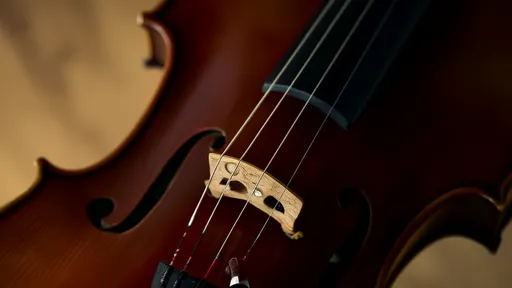
By /Jul 25, 2025

By /Jul 25, 2025

By /Jul 25, 2025

By /Jul 25, 2025
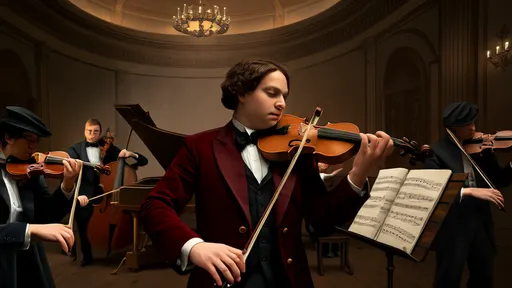
By /Jul 25, 2025
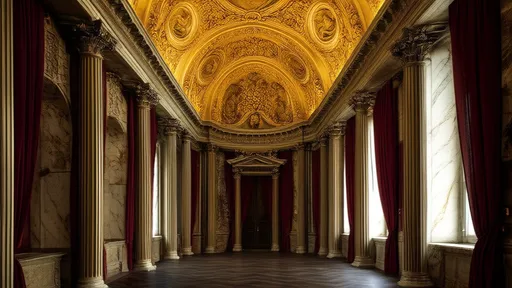
By /Jul 25, 2025
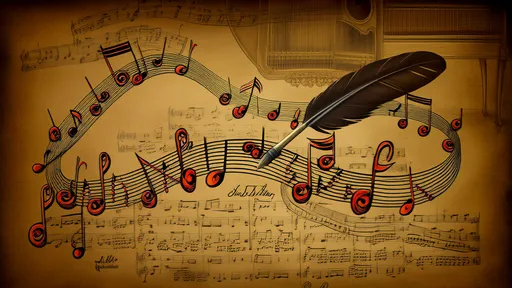
By /Jul 25, 2025
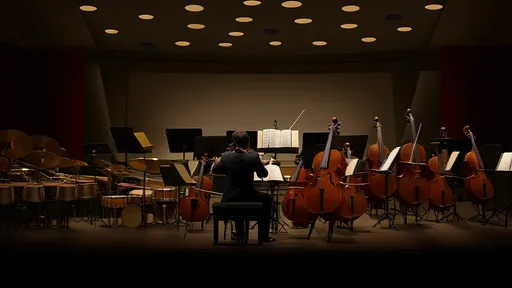
By /Jul 25, 2025

By /Jul 25, 2025

By /Jul 25, 2025
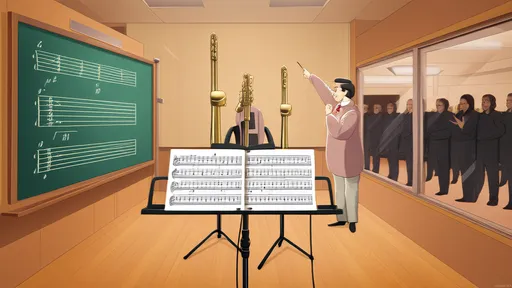
By /Jul 25, 2025

By /Jul 25, 2025
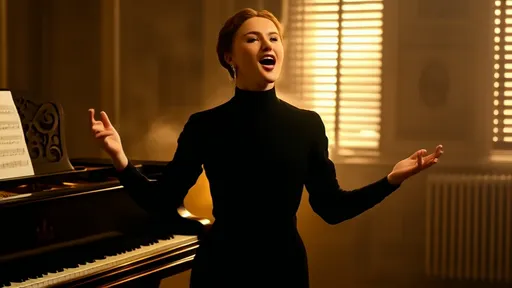
By /Jul 25, 2025
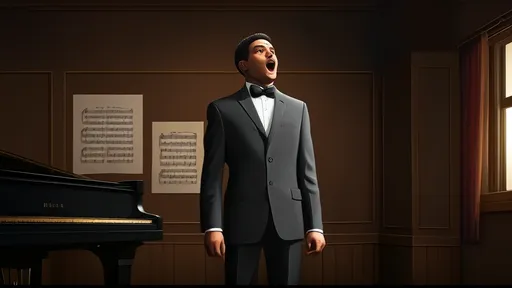
By /Jul 25, 2025

By /Jul 25, 2025

By /Jul 25, 2025
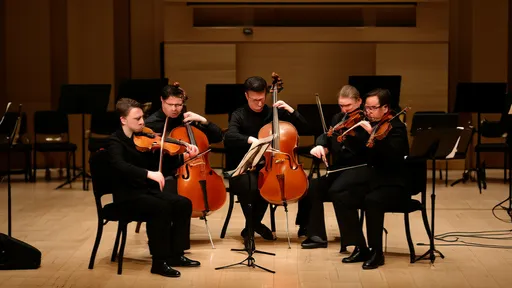
By /Jul 25, 2025